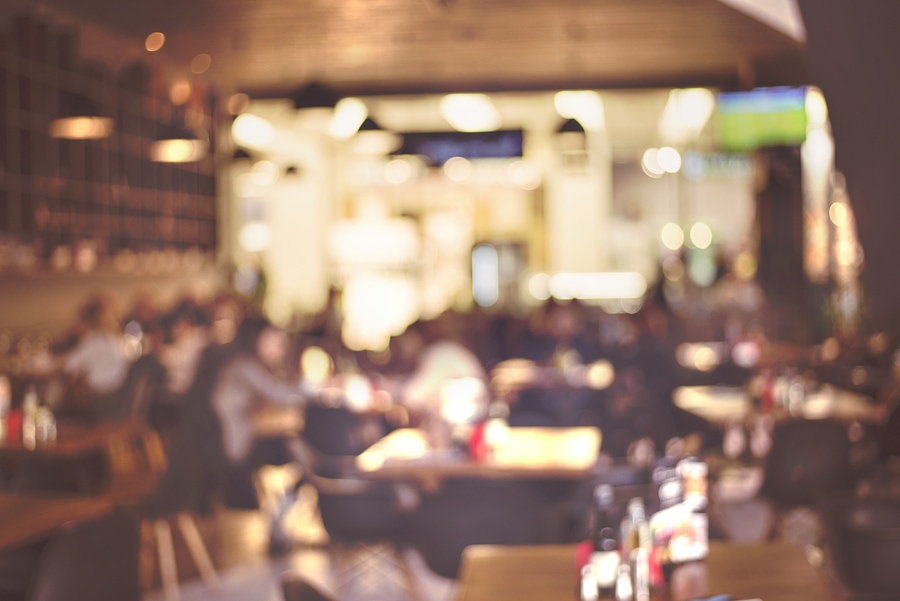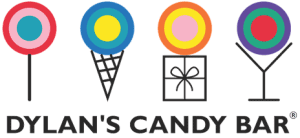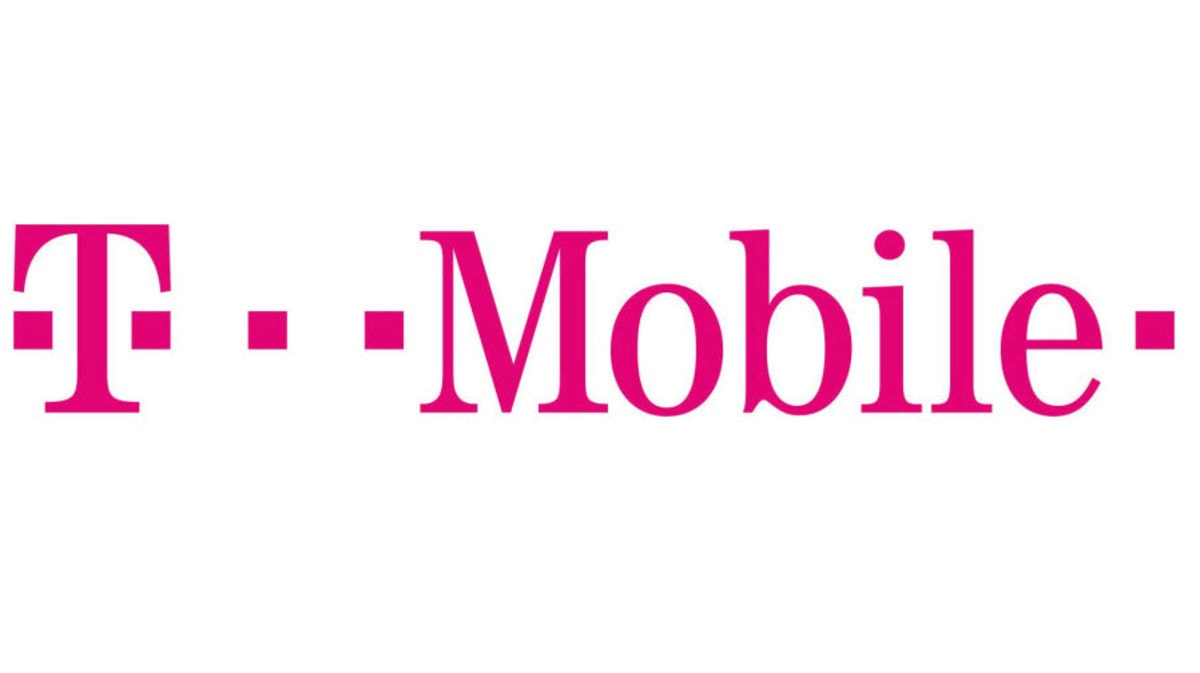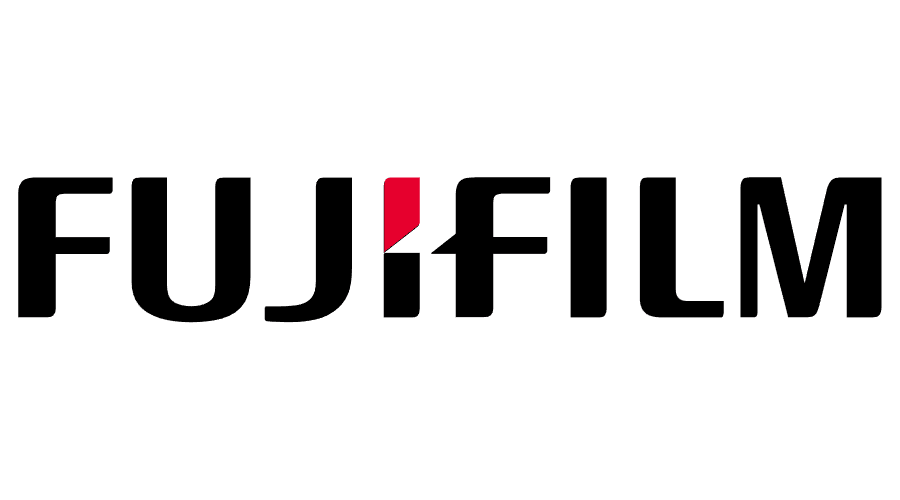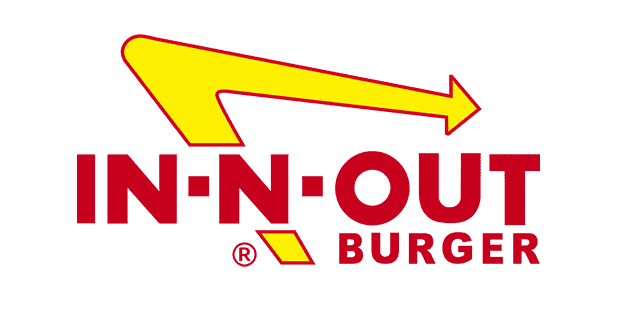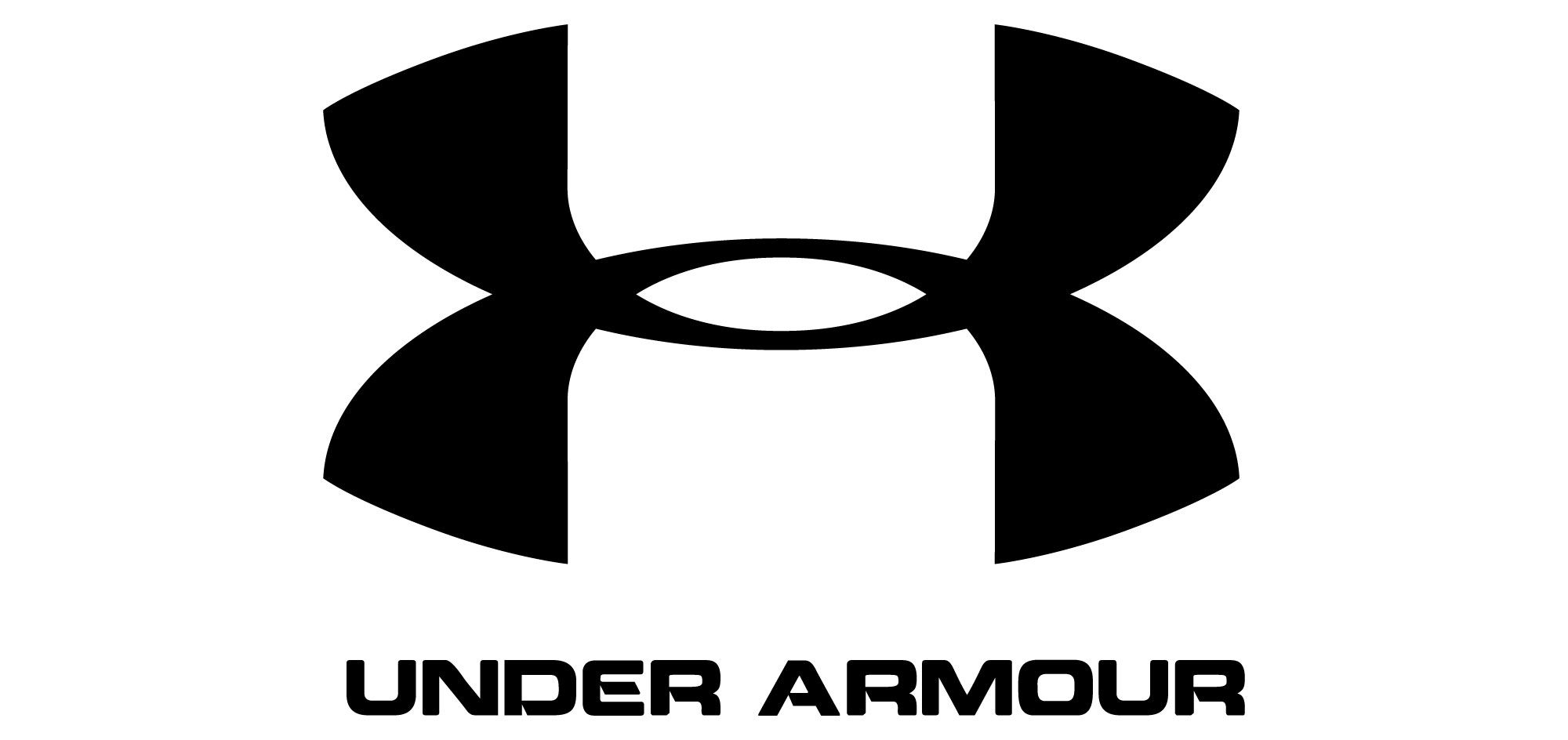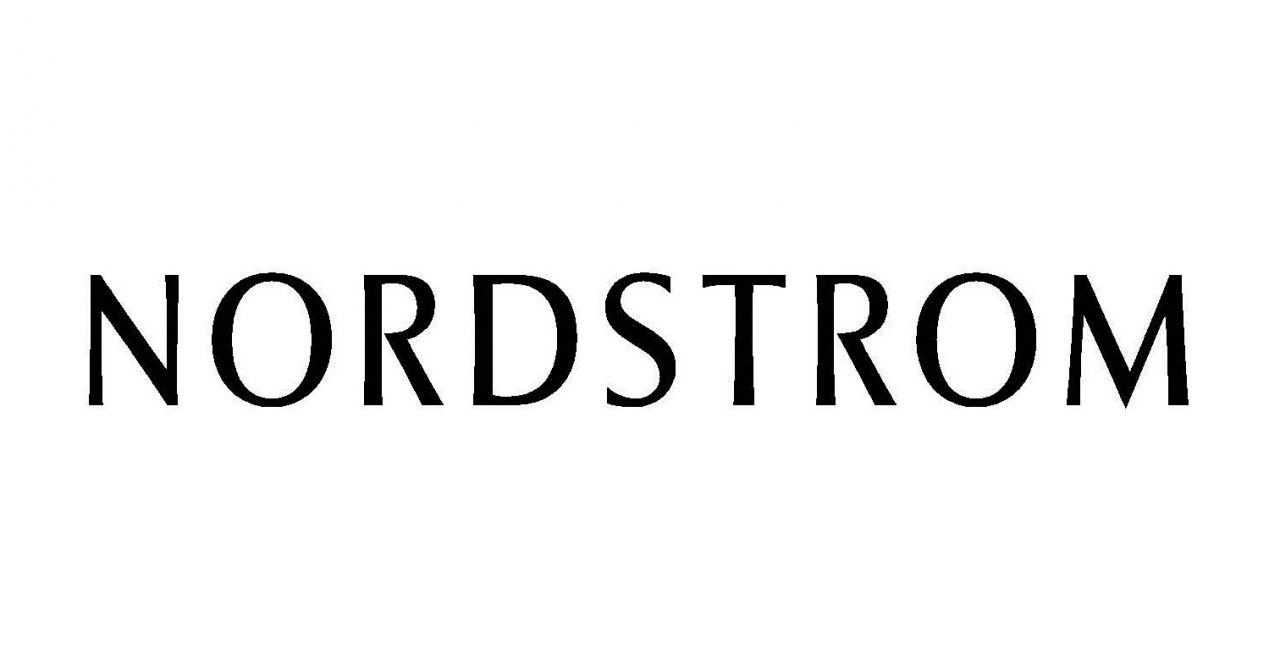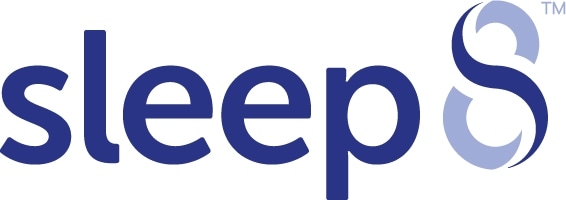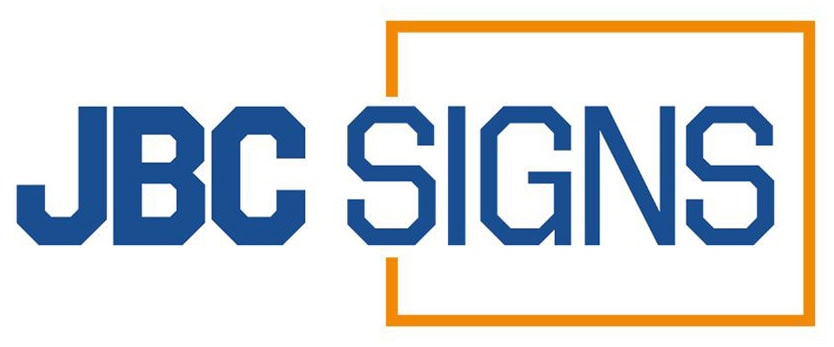Key Takeaways
- Use Descriptive Language
Detailed descriptions make dishes sound more appealing and valuable. Instead of “grilled chicken,” use “succulent, flame-grilled chicken with fresh herbs.” Words that evoke taste and experience increase sales. - Highlight High-Profit Items
Place your most profitable dishes in high-visibility spots on the menu. The top-right corner is where customers’ eyes naturally go first. Use bold fonts or boxes to draw attention to these items. - Limit Menu Options
A smaller, well-curated menu reduces decision fatigue and increases efficiency. Too many choices can overwhelm customers, making them indecisive. Fewer options help guide diners toward high-margin dishes. - Incorporate High-Quality Images
Professionally shot images of select dishes boost sales by making food more enticing. Visuals help customers decide quickly and with confidence. A few well-placed images enhance menu appeal without cluttering it. - Optimize Pricing Presentation
Remove currency symbols to make prices feel less significant. Listing prices as “12” instead of “$12.00” makes spending feel lower. Psychological pricing techniques subtly encourage customers to spend more.
How much of an asset is your restaurant menu? While almost everyone associates the service staff in a restaurant with sales and customer service, few people view a menu as a marketing tool.
The simple truth is that your restaurant’s menu can be its greatest marketing asset, if, that is, it’s designed well. With the right combination of design and copy, a menu can act as a powerful sales asset, driving a huge part of your restaurant’s revenue.
From encouraging people to order desserts, drinks and other extras to putting your most profitable and popular dishes in front of your target audience, a great menu is a valuable asset that can help your restaurant or café achieve its financial goals.
The difference between a good menu and a great menu can be subtle, but it’s easy to notice when you pay attention. Try these four tips to write your menu for maximum sales, maximum revenue and maximum customer satisfaction.
Keep it simple. Complicated menus are often confusing
How long does it take to navigate through your menu? The longer your restaurant’s menu is, the more challenging and time consuming it becomes for diners to find the dishes they’re interested in.
Long, complicated menus can leave customers feeling confused and uncertain about what to order. With so many choices, customers can fall into the paradox of choice – a situation in which it’s harder to make any decision at all.
Keep your menu short and simple. The ideal solution is usually to give customers a choice of 5-10 dishes within each category – for example, mains or appetizers. This amount provides a good level of choice without creating any potential confusion.
Avoid using currency symbols. They make items ‘feel’ more expensive
It’s one of the oldest tricks of psychological menu design, and for a reason. Including currency symbols on your menu – for example, the $ or £ signs – often has the effect of making menu items seem more expensive than they really are.
The reason for this isn’t certain – some people suspect it’s because financial symbols make people associate each item with spending money more – but the effects are all too real.
Instead of including currency symbols in your restaurant or café menu, list all menu prices as numerals alone. This clearly communicates the price of each item without associating it with the act of spending money, which can potentially deter diners.
High-end restaurant? Avoid using psychological pricing in your menu
Every business owner has heard of psychological pricing – lowering prices by a cent or another arbitrarily small amount to make them seem lower than they are. While this trick dominates retail pricing, it’s often a bad idea for high-end restaurants.
Although psychological pricing works, it’s closely associated with the priced-based value big-box retailers and discount stores are known for. In a high-end restaurant, it can often send the wrong message – that you value cost over quality.
If you operate a high-end restaurant or café, use round numbers for all of your menu items. Although a number like $100 might look more costly than $99.95, it lacks any of the baggage of psychological pricing and communicates quality above value.
Design and write your menu for a 100-second attention span
Did you know that most customers will spend around 100 seconds looking at your restaurant’s menu before making a decision? Customers will spend slightly more than one and half minutes looking at your menu – it’s vital to make the time count.
Make the most of the average customer’s 100-second attention span by ensuring that your menu can be completely read, from cover to cover, in under 60 seconds.
This gives customers time to read your menu once, then make a decision about the dish they would like to order. It also gives customers time to compare dishes and a selection of drinks, appetizers, desserts and other optional extras.
FAQs
- How does descriptive language help increase menu sales?
Vivid descriptions create a sensory experience, making dishes feel more desirable. Customers associate detailed descriptions with higher quality. The more appealing the wording, the more likely they are to order. - Why should I highlight high-profit items on my menu?
Customers naturally notice items placed in prime locations, like the top-right corner. Featuring high-margin dishes boosts sales and maximizes restaurant profitability. Strategic placement guides customer choices subtly. - What are the benefits of limiting menu options?
A smaller menu makes decision-making easier for customers. Too many choices can overwhelm diners, leading to indecision. A focused menu improves efficiency and encourages sales of key dishes. - Do images on a menu really impact customer choices?
Yes, high-quality images make dishes look more appealing and increase sales. People are more likely to order food they can see. However, too many images can clutter the menu and reduce effectiveness. - Why remove currency symbols from menu prices?
Seeing dollar signs makes customers more aware of spending. Without them, people perceive prices as less intimidating. Small pricing tweaks encourage diners to order without hesitation.

